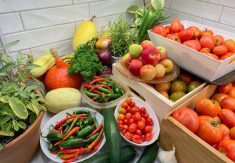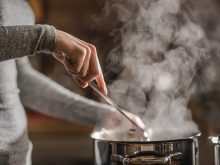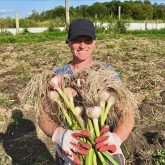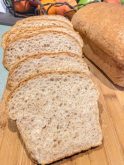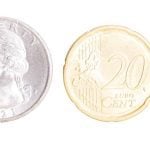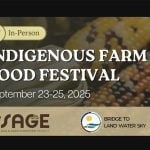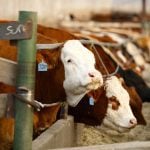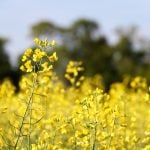A mass of writhing maggots feasting on decomposing organic matter isn’t the most appetizing mental image. In fact, for most people, the role of the fly in the circle of life is probably best not thought of while eating.
But for one Danish firm, the black soldier fly belongs in the food system and is an important option for more cyclical production of meat and grain.
Read Also
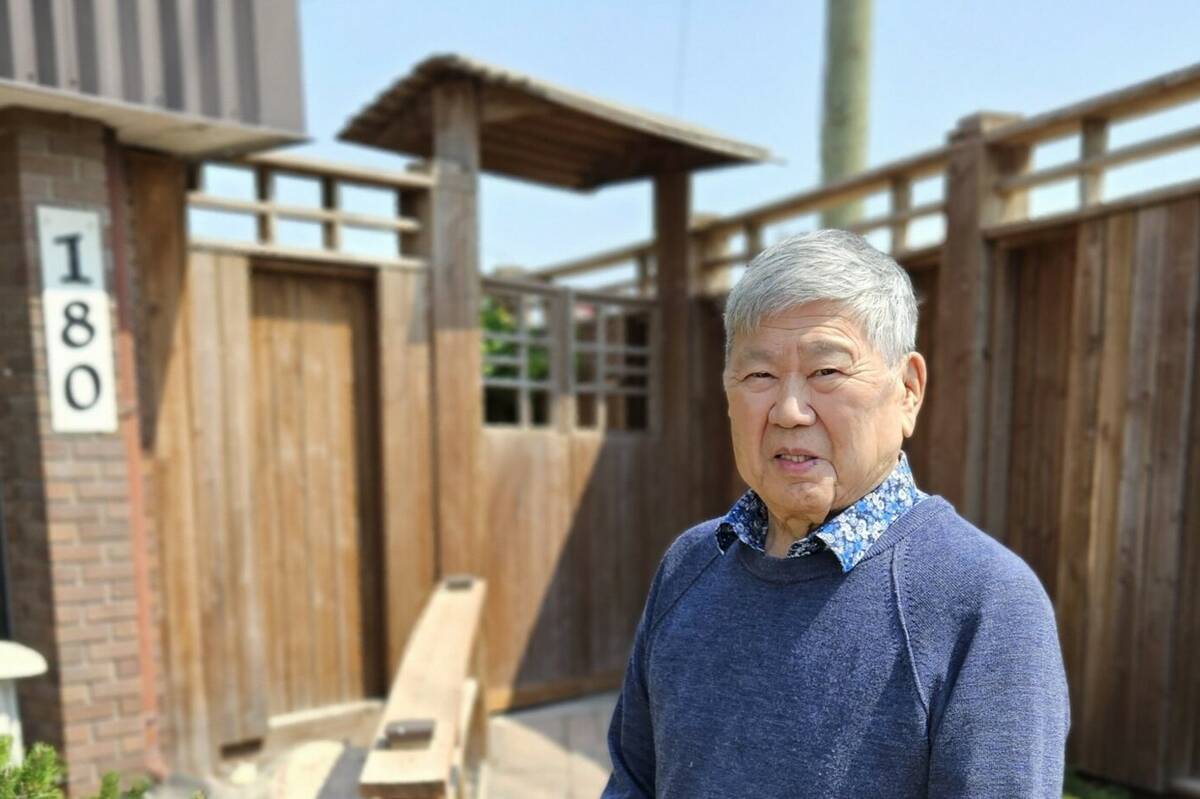
Manitoba’s forced Japanese-Canadian farmers
Manitoba’s sugar beet farms drew on displaced Japanese-Canadians from B.C. during the Second World War.
ENORM, a fly farm and processing facility north of Vejle in Jutland, Denmark, says flies can turn food waste into high-quality animal feed and fertilizer at almost alarming speed.
The round trip from egg to full-grown black soldier fly takes about a month. From egg to larvae, the point at which they’re most useful, takes only two weeks. One kilogram of eggs produces 5,000 kilograms of larvae.
That’s a lot of bugs.
Why it matters: Proponents on both sides of the ocean argue that insects have potential to turn society’s food waste problem into an agricultural solution.
The beauty of the insects, according to the farm’s founders, lies in their wide-spectrum diet. They’ll eat pretty much anything humans leave, while producing little unusable waste themselves. Fly waste, called frass, can be thrown back on the field to help grow more food.

Between 90 and 95 per cent of ENORM’s larvae feed comes from food industry waste.
“We should not feed our larvae with grain and soya. We should feed them with the waste streams,” said ENORM co-founder Carsten Pedersen. “Otherwise it doesn’t really make sense.”
“When we can get a good product from low-value input, then that is the ideal,” said Lars-Henrik Lau Heckmann, insect business manager with Skov, a Danish ag ventilation firm that works with ENORM.
It’s a promising equation in a world where food waste has increasingly come into the public consciousness.
In 2017, EU countries wasted 88 million tonnes of food, according to the EU parliament’s website. Closer to home, a 2019 report from Value Chain Management International – cited by the Canadian government in its efforts to quantify and address Canadian food waste – suggested that, out of all food produced in Canada, $49.5 billion worth is avoidably wasted each year.
Back in Denmark, Danes waste 700,000 tonnes a year, according to Heckmann, which account for four per cent of Denmark’s carbon emissions.
How to stable flies
Danish fly farms have strict biosecurity, tour attendees of the ENORM facility found in July. Tour members didn’t get to go into the “stables” (Danes tend to refer to animal housing as “stables” rather than “barns”), but staff brought trays of larvae and flies out for viewing.
Pedersen showed the group how adult soldier flies lay eggs in the holes of corrugated cardboard strips. The cardboard is set over a tray of liquid feed.
“They just jump out of the cardboard and start eating” when they hatch, Pedersen said.

Excavation by spoon into trays of dirt-like frass uncovered various sizes of wriggling grubs.
The larvae, initially weighing a few micrograms (mg), develop into to fat, white worms between 200 and 250 mg, Pedersen said. At that point they’re ready for harvest. The liquid soup they lived in has become dry frass.
A few of the larvae live on to become darker, hard-shelled pupae before growing into fly breeding stock. The rest go to processing.
A robot dumps trays of larvae to be sieved from the frass. They are killed with heat, then chopped, pressed for oil and ground into protein meal.
ENORM’s facility can grow and process 64 tonnes of live larvae per month, 12 tonnes of insect meal, just over four tonnes of oil and 24 tonnes of frass.
And this is just its test facility.
A new, scaled up facility is under construction. Once complete, it will be able to produce 100 tonnes of live larvae per day.
Whatcha doin’ with all those bugs?
A hundred tonnes of larvae makes 6.5 tonnes of pure protein, according to Pedersen.
Generally speaking, though, the Danes don’t want to eat it.
“It becomes a very delicate topic when we talk about eating the insects ourselves,” said Heckmann.
People are less reluctant to feed insect products to animals.

The larvae meal is high in protein and presents an alternative to soymeal supplements. Larvae oil is high in lauric acid and could replace palm oil. It has a similar composition to coconut oil, Pedersen said.
Aquaculture and poultry farming also take up large portions.
By 2025, pet food is forecast to take up more than 40 per cent of the global insect meal market share, according to the International Platform of Insects for Food and Feed (IPIFF). Aquaculture will buy up nearly 30 per cent, with laying hens, broilers and pigs taking up smaller portions.
By 2030, according to IPIFF, aquaculture will take over as the largest market for insect meal, with hog farming also increasing its share.
By the end of the decade, one in 80 chicken eggs in the EU will come from insect-fed laying hens, said the IPIFF. One in 100 servings of chicken will come from insect-fed broilers.
By the end of the decade, the demand for insect protein could hit three million tonnes per year, Heckmann said.
“Easily in Europe alone, if we put five per cent into pet food and aquaculture and what have you, we would be way above the three million tonnes,” he said.
Growing pains
ENORM is confident in the potential of insect protein, but regulations haven’t kept up with production methods.
Insects, as farmed animals, can’t lawfully eat food waste with animal byproducts, Pedersen said.
EU law has only barely shifted to allow insect meal to be fed to other farm animals.
Insects are still considered “terrestrial animals,” which couldn’t be fed to other terrestrial animals due to BSE concerns. Regulations shifted to allow insect protein in aquaculture in 2017, said Heckmann.
In 2021, the EU allowed insect protein for chickens and hogs.
In Canada, approvals have been slightly ahead. B.C.-based Enterra, for example, received approval from the Canadian Food Inspection Agency (CFIA) in 2016 to sell black solider fly whole larvae for poultry broiler feed. The same product got approval for use in salmonids (such as salmon, trout and artic char) the following year, and later for general poultry use and tilapia.
Approvals later spread into insect-based protein powder and oil products for select uses.
In 2019, the CFIA opened the door for comment on its requirements for registering insect-based feeds.
Today, pet food, aquaculture, poultry and pigs have insect-based feed products approved by the CFIA.
In Denmark, Heckmann said they’re working on regulations that would allow supermarket waste to be fed to the flies, provided it has proper traceability.
He hopes future research will show it’s safe to feed animal byproducts to insects before feeding those insects to other animals, he added.
He estimated that insect farming could use one-third to half of Europe’s food waste.





